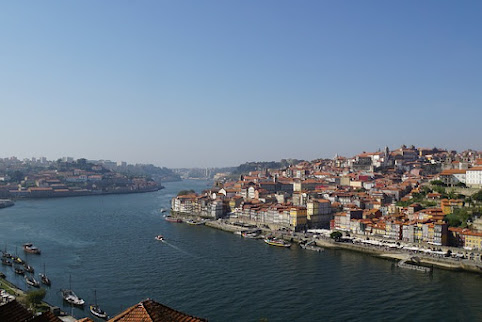 |
| Emil Kolben |
While Frantisek Krizik, who introduced electrical tram to Prague as one of the first cities of the world, is widely known as one of the most important Czech inventors, virtually nobody knows the name Emil Kolben.
Emil Kolben was born the first of many children in the poor Czech Jewish family in Stránčice u Prahy. The oldest mention of the Jewish Kolben family in Strančice dates back to 1787 when, according to a record in a familiant book, the glass-lover David Kolben received a marriage permit. His grandson Joachim (1828-1912), a housekeeper and a merchant, married Frantisek Freund of Radějov in 1862, speaking German in their family. From their marriage came nine children, the oldest of whom was Emil. His brother Alfred (1874-1942) also became an engineer and initially worked with Emile to develop electric machines, later becoming the director of the Industrial School in Brno.
He died in the concentration camp of Terezin in 1943. It was Kolben who left an indelible legacy not only in Prague but throughout the former Austro-Hungarian Empire. Let's take a closer look at him and his legacy.
It is unfair because Kolben was at a higher level than Krizik and his factories were as important as Bata's empire. His only disadvantages were that he was a successful cosmopolitan Jew.
At the turn of the 19th and 20th century, the electrical world had been questioning whether DC was safer than AC. The main protagonists were Thomas Alva Edison as a DC supporter, and Nikola Tesla as an inventor and promoter of three-phase alternating current.
The controversy also spread to the Czechs, where František Křižík held Edison's position while Emil Kolben insisted unequivocally on the alternating current. Interestingly enough, Koben and Krizik were self taught theoreticians.. In contrast to Krizik, Koben had several advantages. Not only did he have a high-quality technical education but he was personally acquainted with both Edison and Tesla.
 |
| Emil Kolben and his children |
Kolben's businesses had an overwhelming share in the prosperity of the so-called First Republic, and their glory lived in Czech engineering for a long time even under Communist rule. But their builder was to be forgotten...except for a chosen few like us. This is not all that there is to Emil Kolben, as we will learn later on in Emil Kolben: The Czech Nikola Tesla (Part 2)!
To read the rest of the article:
Emil Kolben: The Czech Nikola Tesla (Part 3)
Emil Kolben: The Czech Nikola Tesla (Part 4)







